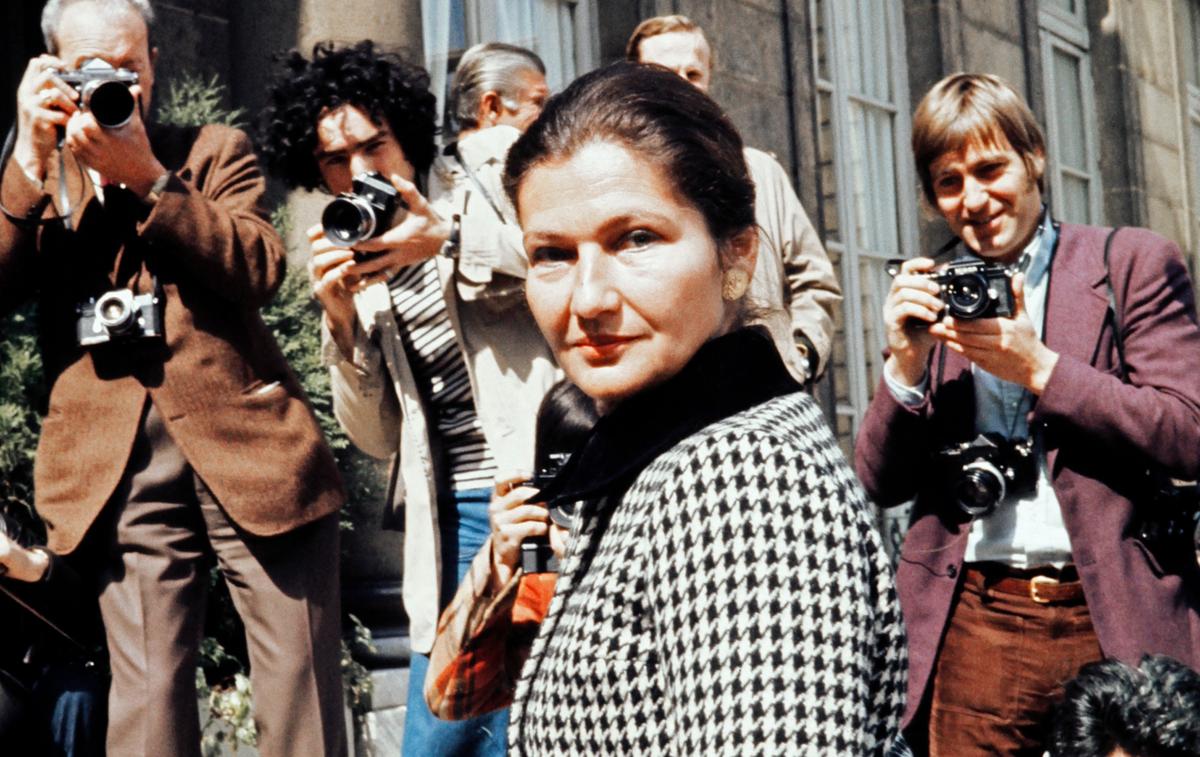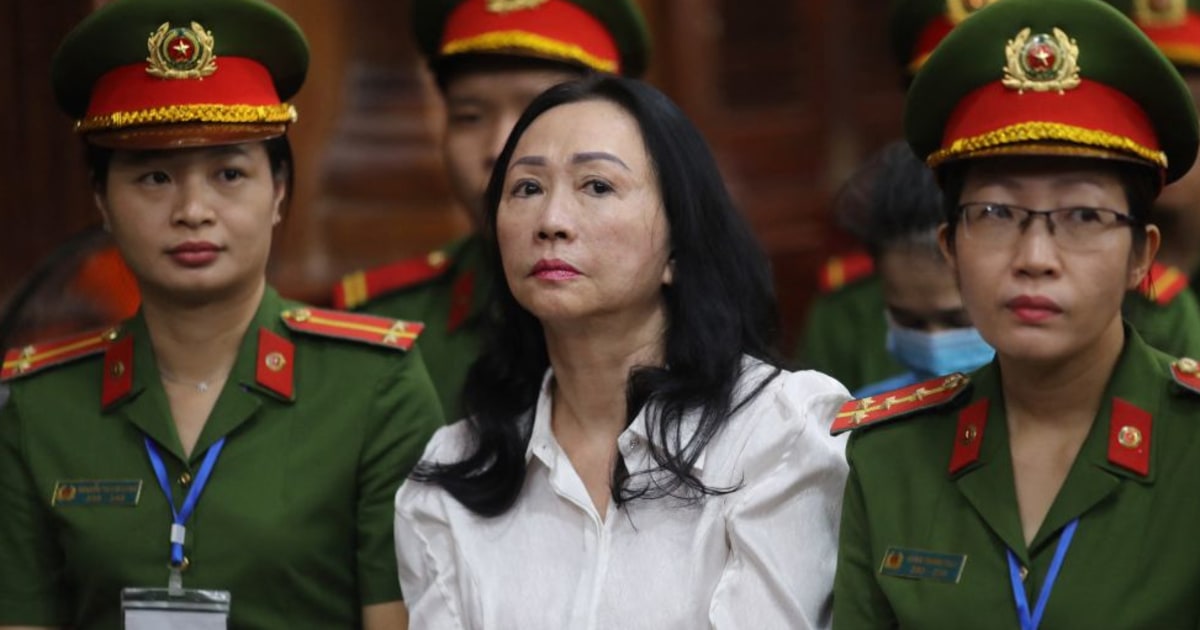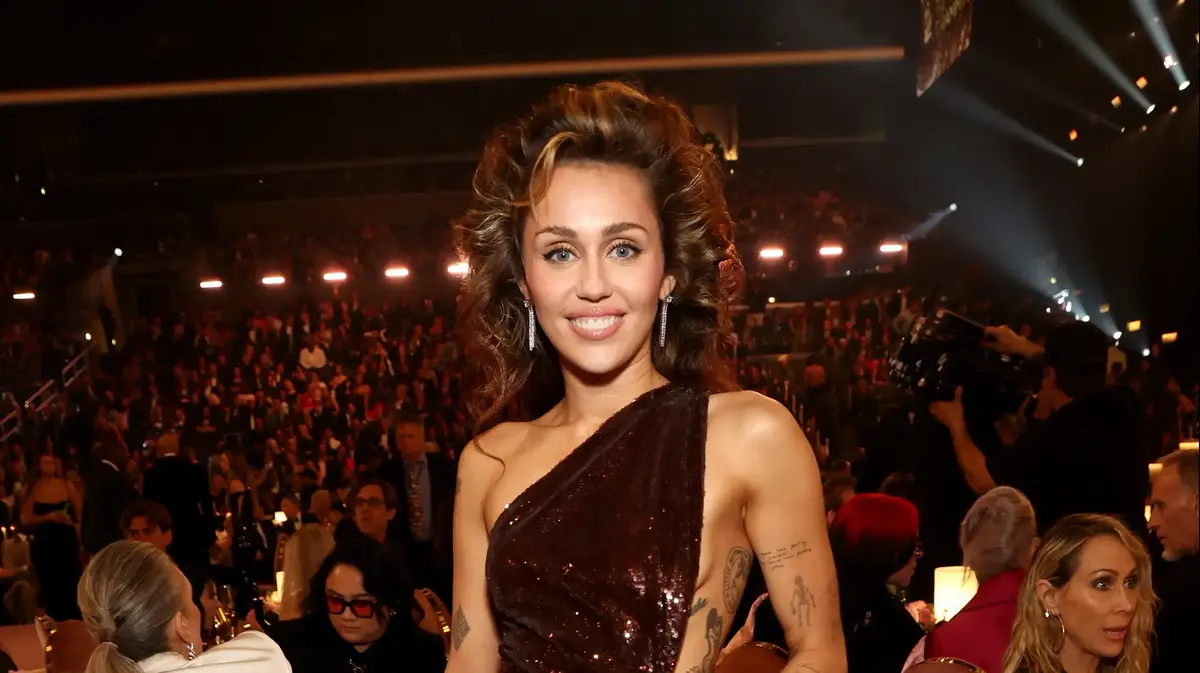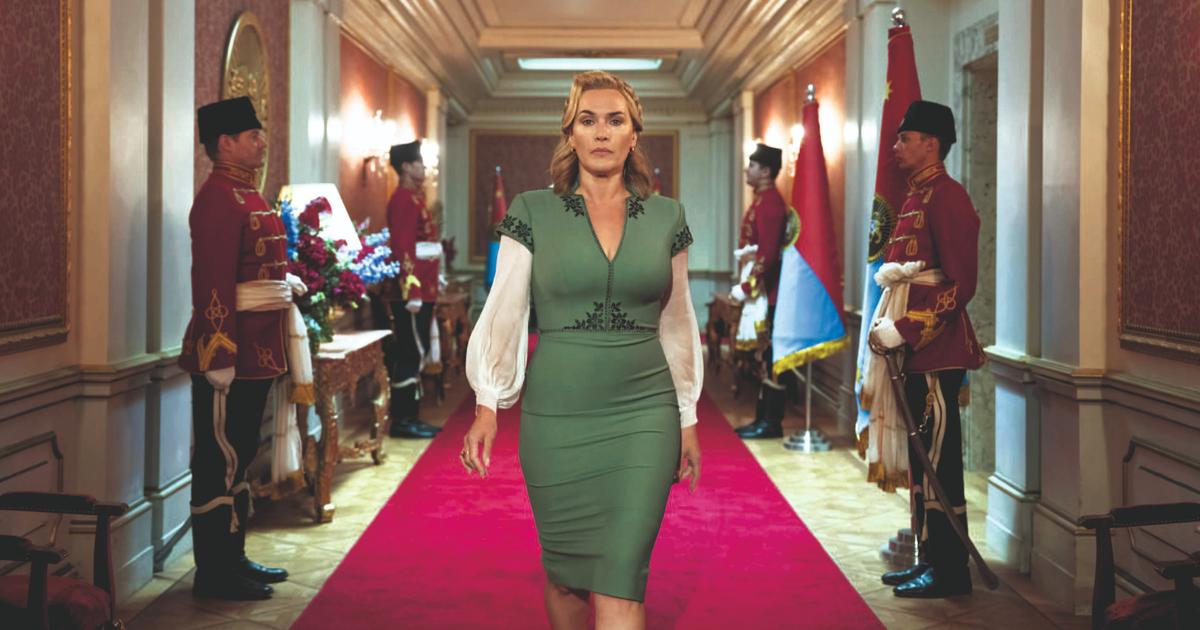For women politicians as well as for men, clothes can be an important communication tool, even if in France the subject often turns into controversy.
We remember Cécile Duflot's white dress with blue prints in 2012 or even Jack Lang's mao collar in 1985. The two ministers were the target of whistles and jeers in the National Assembly.
Rather than listening to them answer the question put to them, some deputies preferred to mock their outfit.
Facts which were then commented on at length by the media, demonstrating a certain obsession with political appearance.
But looks matter.
No one will forget Simone Veil's Chanel suit either, when she defended the law on abortion in 1974. Chignon on the nape of the neck and determined blue-green gaze: the image left its mark.
In her study
Dressing in Politics: The Clothes of Powerful Women.
1936-2022*,
fashion historian Sophie Lemahieu recalls that women entered the political sphere much later than men, "it was in 1936 that the first entered the government, they do not yet have the right to vote.
And that in this, the question of clothing is very real in the construction of the political character.
The historian makes an almost scientific survey of the evolution of appearances that mark the history of women in power and tells how the bet contributed to blending into an initially masculine world.
Madame Figaro.- For your survey, you asked a large number of women politicians, but some did not wish to answer you. Is appearance in power a taboo subject?
Sophie Lemahieu.-
First of all, there are practical reasons that explain why they didn't answer me, some women were in government when I asked them and didn't really have the time to devote to me.
But indeed, the subject is taboo, especially in France.
The pace of female politicians is often worked, controlled.
You always have to find a game of pretense and act as if it were all natural, when the situation rarely is.
But it is true that for the deputies and the ministers, there is a desire to represent the voters and the population by appearing to be closest to them.
You have to simulate a completely normal life, which implies decorum, being suitably dressed for the place where you are going.
Develop a clothing strategy, have an overworked setting, and the
In video, "Simone Veil, family albums", the trailer
On the contrary, in the United States, the clothing strategy is part of the political discourse, especially among women...
Indeed, it is more assumed.
Being a person who has such a place in public life, it is obligatory to look after and control one's appearance.
And why not use it to send messages.
Typically, we can think of Kamala Harris' white jacket, worn on the evening of her victory, which underlined her feminist message: "I am the first, but not the last".
It's a direct reference to American suffragettes who dressed in white almost a hundred years ago to campaign for women's suffrage.
So it's true that in France, it's less advanced, but we still have it, with simple things.
When in 2013, Christiane Taubira defended debates on same-sex marriage, particularly during votes in the National Assembly,
she's wearing a multicolored scarf with stripes of each color that really looks like a rainbow, and by extension the LGBTQ+ pride flag.
For once, there is really a very obvious symbol, very readable and very assumed, but it remains rare.
In video, the speech of Kamala Harris in his white suit
"Red Socks"
The clothing of female politicians has often been the subject of much commentary in the media. How do you analyze this obsession with their wardrobe?
Even if things are changing on these issues, we see that the female body is still a central concern.
We look, we judge a lot.
It still belongs to a patriarchal and sexist society, inevitably, to have this very strong look at the bodies of women who occupy a place in public life.
Admittedly, they are there, but they still find it difficult to be considered in the same way as men and to be treated in the same way in the media.
They too are observed, but much less, because they generally wear a dark costume.
Admittedly, it is true that the smallest detail can be subject to comment, I am thinking in particular of Jack Lang's Mao collar or François Fillon's red socks, which have been commented on so long.
L'
former Prime Minister then had to explain that he bought the same socks as the Pope, also red.
Through these details, ultimately, we are also looking for clues to what these political figures may be.
Through the details, we look for clues of what these political figures may beSophie Lemahieu
What are the issues that weigh on the style of female politicians?
The initial problem is that women have a recent place in politics.
Of course, before, under other regimes, there were powerful women, but in terms of the Republic, they come late.
And they have no benchmark on how to place themselves in this sphere, initially very masculine.
We hadn't expected them to be there.
So in a world of men thought of as a masculine “between self”, what do we do with this feminine presence?
Which outfit fits best?
Which will make that we will not talk about your look but only about your speech?
These questions will arise for all the activities they may have to do: in the field, in the office, in an official meeting, at a gala dinner... Where a suit and tie for a man is always acceptable,
in women many clothes can be suitable.
This will involve a multiplicity of possibilities.
Some will say that they don't need to put on a man's suit to take on the function, others will give priority to comfort, etc.
It is also a question of finding the right elegance, which shows that you are worthy of your position, worthy of representing the rest of the population.
But this question of elegance should not erase a certain modesty either, since we know that too much luxury poses a problem for politicians, among men as well as among women.
In the 1980s-1990s, there were a lot of press articles about the cost of costumes.
And on the women's side, we remember that Rachida Dati in a Dior dress, on the cover of
Some will say that they don't need to put on a man's suit to take on the function, others will give priority to comfort, etc.
It is also a question of finding the right elegance, which shows that you are worthy of your position, worthy of representing the rest of the population.
But this question of elegance should not erase a certain modesty either, since we know that too much luxury poses a problem for politicians, among men as well as among women.
In the 1980s-1990s, there were a lot of press articles about the cost of costumes.
And on the women's side, we remember that Rachida Dati in a Dior dress, on the cover of
Some will say that they don't need to put on a man's suit to take on the function, others will give priority to comfort, etc.
It is also a question of finding the right elegance, which shows that you are worthy of your position, worthy of representing the rest of the population.
But this question of elegance should not erase a certain modesty either, since we know that too much luxury poses a problem for politicians, among men as well as among women.
In the 1980s-1990s, there were a lot of press articles about the cost of costumes.
And on the women's side, we remember that Rachida Dati in a Dior dress, on the cover of
which shows that you are worthy of your position, worthy of representing the rest of the population.
But this question of elegance should not erase a certain modesty either, since we know that too much luxury poses a problem for politicians, among men as well as among women.
In the 1980s-1990s, there were a lot of press articles about the cost of costumes.
And on the women's side, we remember that Rachida Dati in a Dior dress, on the cover of
which shows that you are worthy of your position, worthy of representing the rest of the population.
But this question of elegance should not erase a certain modesty either, since we know that too much luxury poses a problem for politicians, among men as well as among women.
In the 1980s-1990s, there were a lot of press articles about the cost of costumes.
And on the women's side, we remember that Rachida Dati in a Dior dress, on the cover of
Paris Match,
was very attacked for this.
Read also »
"It's Brigitte who comes to choose the costumes": behind the scenes of Emmanuel Macron's tailor
In an era where the traditional codes of professional dress are shattered, we note that the slackness of dress has not crossed the political barrier. Why this split?
Like any very official, very solemn environment, things take longer to evolve.
A sitting in the National Assembly is almost a ritual.
It's a place where standards matter, where codes matter.
There is a gap with current society, but that does not mean that nothing is changing.
It's probably a little slower and it also requires a lot of willpower on the part of a woman politician.
However, it is something that can be nuanced when you look at the far left, as for example Arlette Laguiller when she represented Lutte Ouvrière.
She was in typically comfortable clothes, because these are clothes with which she could go to demonstrate, intervene anywhere at any time.
But wearing jeans in the Council of Ministers does not pass.
We
saw with Cécile Duflot who created a scandal when she did it in 2012. On the other hand, in the field, during a visit to a factory, to the market, jeans pose no problem.
On the contrary, it shows that the political personality knows how to put himself in condition and therefore that he adapts to the circumstances.
*Published by the Musée des Arts Décoratifs, in partnership with the École du Louvre, 160 pages, 35 euros.
The editorial staff advises you
Have politicians become fashion beasts?
Emmanuel Macron's quadra look no longer knows the "golden boy"
The look of Édouard Philippe: the tall brunette with the brown shoe









